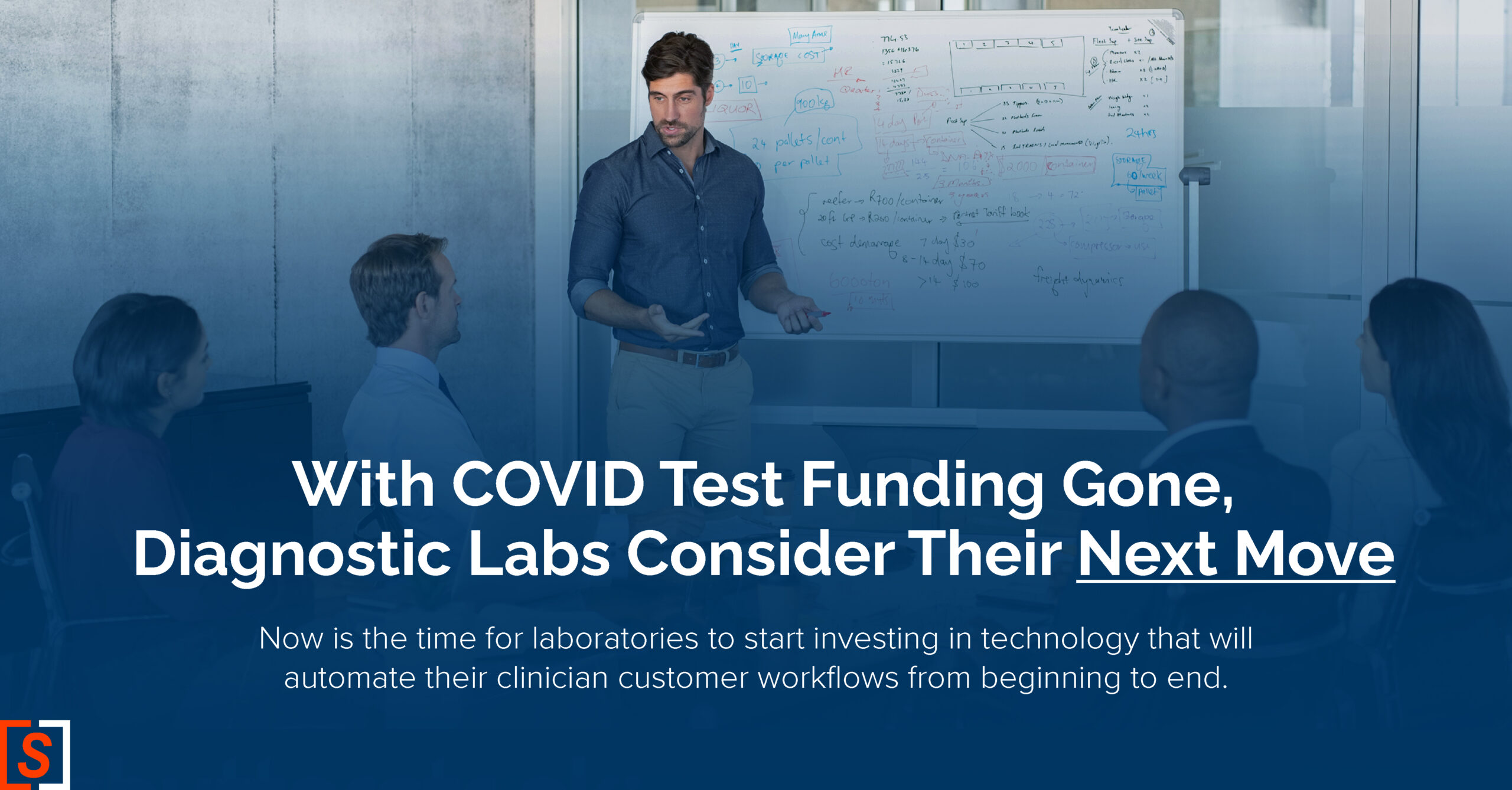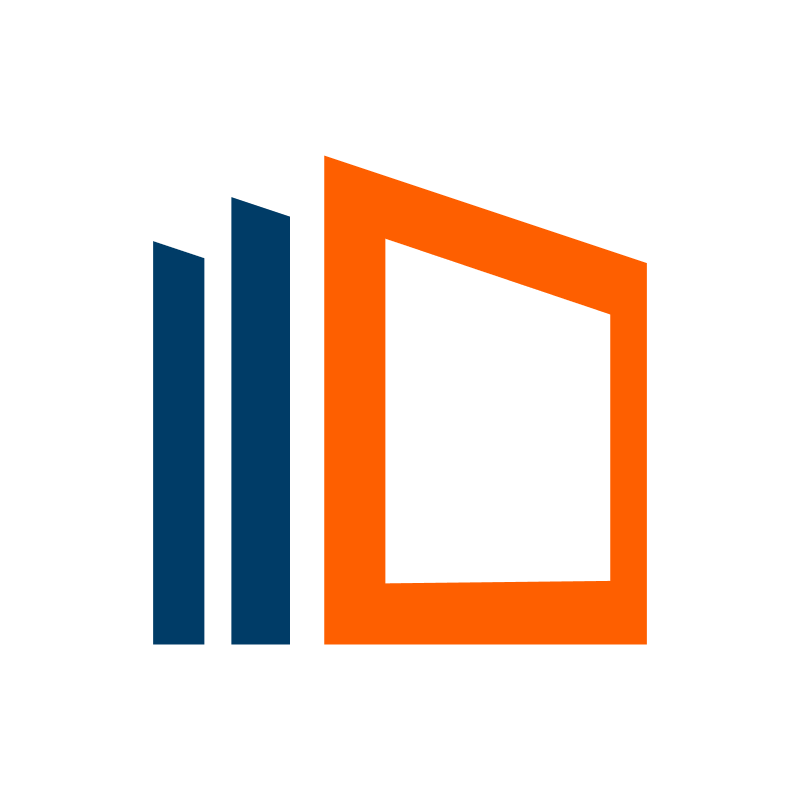
When the COVID-19 pandemic began, diagnostic laboratories across the U.S. dropped everything to provide the country with ample supply of rapid PCR tests. Fueled by a massive influx of federal funding, the lab industry stepped up to the cause and met an urgent medical need. Now it is back to business as usual, yet business is anything but usual as laboratories begin to navigate a post-COVID market, absent federal funding, and heightened testing demand.
The federal government stopped funding COVID testing for uninsured patients in late March 2022, following a downturn in demand for COVID tests since January 1st. Fewer people feel the need to test due to milder symptoms, at-home rapid tests are more accessible, and restrictions have relaxed across the United States and the world. Along with the decrease in testing, testing facilities are also facing potential investigations by the U.S. Department of Justice related to inadequate efforts to verify whether patients were truly uninsured.
The pandemic also exposed vast inefficiencies across the healthcare ecosystem – with lab orders clogging up fax machines and healthcare professionals suffering from severe burnout. While there is work to do in the near term to streamline workflow, the silver lining for labs is that automation can drive revenue growth, cost savings, and increased productivity, offsetting the impact of waning demand and lost federal funding. Organizations that were able to quickly adapt to electronic transactions of health information during the pandemic thrived, while those who struggled to adapt suffered. According to the CAQH Index, healthcare organizations can save a collective $17.6 billion through automation. McKinsey likewise did the math and estimated $15 billion in reduced administrative cost related to automation.
Now is the time for laboratories to start investing in technology that will automate their clinician customer workflows from beginning to end. Shadowbox is a secure, no-code healthcare integration and automation platform that converges patient information into a single “pane of glass.” A lab can provide its own branded application allowing their clinician customers to operate multiple patient care applications at once, accessing all the information they need in real-time, in one place. The clinician can automatically provide the lab with a full view of a patient, at the time of order, from medications and diagnosis codes to verified insurance information and up-to-date billing. Laboratories can increase revenue and save time and resources by eliminating the administrative burden of tracking down patient records. Most importantly, labs can elevate patient care by relying on complete and current information and focusing their energy on the patient rather than the administrative burden.

